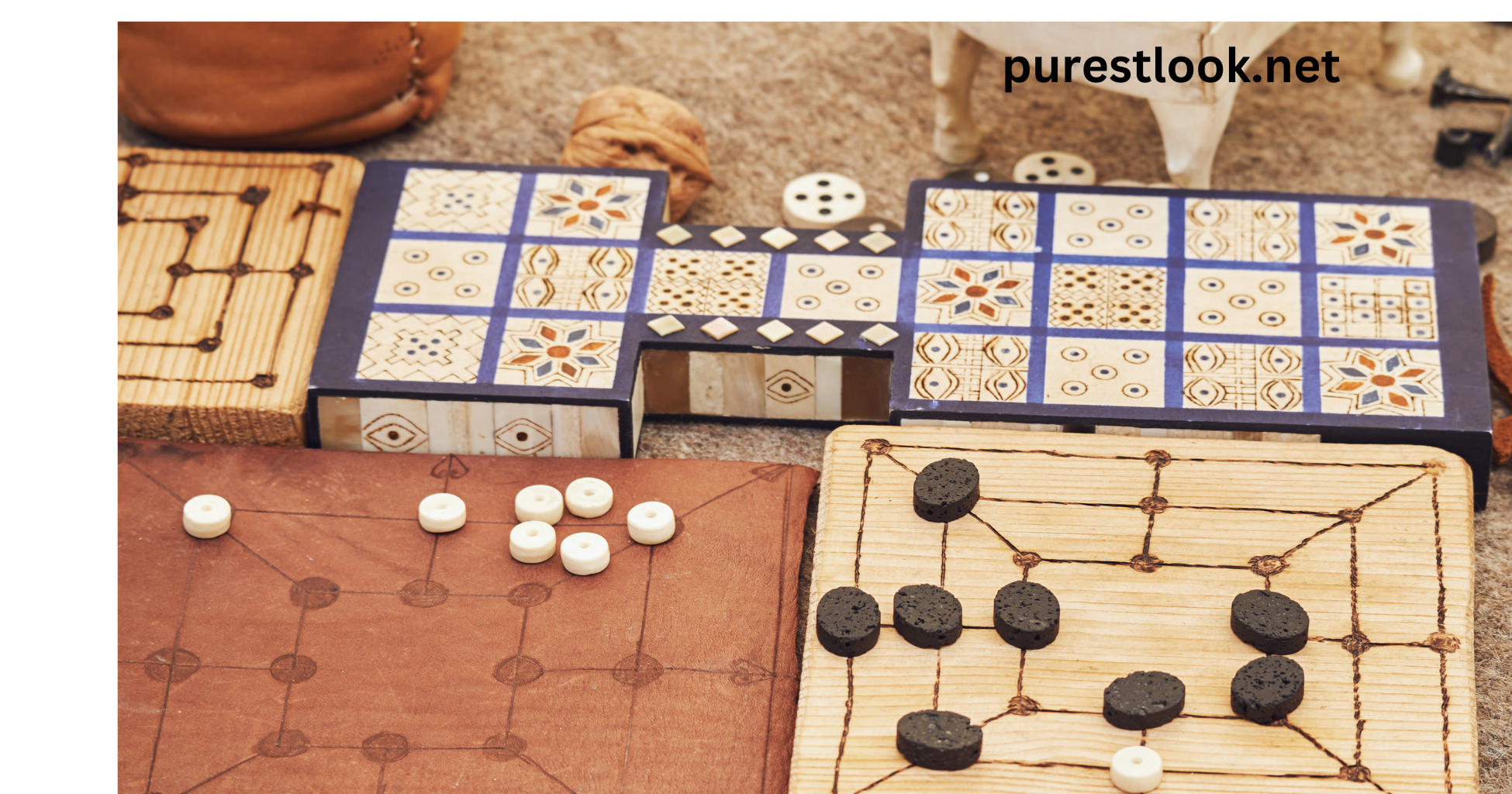The Byzantine Empire, a hub of cultural and historical development, thrived for over a thousand years. Its citizens enjoyed a variety of games, ranging from public spectacles to private pastimes. These games not only entertained but also reflected the Empire’s societal values and traditions.
What Does the Games Look Like During the Byzantine Empire
Games during the Byzantine Empire were a blend of athletic competitions, public spectacles, and recreational activities. Each game had unique rules and often carried cultural or religious significance.
Public Games in the Byzantine Empire
Chariot Racing
Chariot racing was the most popular and prestigious public game. Held in the Hippodrome of Constantinople, it attracted thousands of spectators.
| Aspect | Details |
|---|---|
| Venue | Hippodrome of Constantinople |
| Participants | Teams represented by colors (Blue and Green) |
| Cultural Impact | Political and social significance |
Gladiatorial Games
While less common than in Roman times, gladiatorial combat persisted in early Byzantine history, often with modifications to align with Christian values.
Athletic Competitions
Athletic contests, including foot races and wrestling, were part of religious festivals and public celebrations.
Private and Recreational Games
Board Games
Board games like Tabula (an ancestor of modern backgammon) were widely played.
| Game | Features |
|---|---|
| Tabula | Strategy-based board game with dice |
| Chess-like Games | Early versions influenced by Persian games |
| Mancala | Simple counting and strategy game |
Children’s Games
Children played with toys like spinning tops and dolls, as well as outdoor activities like tag and hoop rolling.
Role of Religion in Byzantine Games
The rise of Christianity influenced the nature of games. Violent spectacles like gladiatorial combat were discouraged, and games promoting teamwork and mental agility gained favor.
Technological and Artistic Aspects of Byzantine Games
| Aspect | Contribution |
|---|---|
| Game Boards | Intricately designed with inlaid materials |
| Dice and Counters | Crafted from bone, ivory, or wood |
| Artistic Depictions | Games depicted in mosaics and manuscripts |
Impact of Byzantine Games on Modern Times
Many Byzantine games influenced modern board games and sports. Chariot racing’s structure inspired modern team sports, while Tabula evolved into backgammon.
Conclusion
Games in the Byzantine Empire served as more than just pastimes; they were reflections of cultural values, artistic expression, and societal structure. From the grandeur of chariot races to the strategic depth of board games, these activities shaped both entertainment and tradition in the Empire. Their influence is still evident today, connecting us to a vibrant historical legacy.
FAQs
What types of games were popular in the Byzantine Empire
The Byzantine Empire featured games like chariot racing, board games such as Tabula, and children’s outdoor activities.
How did religion influence Byzantine games
Christianity discouraged violent spectacles and promoted games emphasizing strategy and mental agility.
Were chariot races more than just entertainment
Yes, chariot races had political and social implications, often serving as platforms for public discourse.
What materials were used for game pieces in the Byzantine era
Game pieces were made from materials like bone, ivory, wood, and precious metals, showcasing the artistic skill of the era.
Did any Byzantine games influence modern games
Yes, games like Tabula influenced backgammon, and the organization of chariot races inspired aspects of modern sports.
